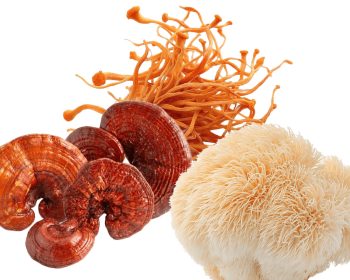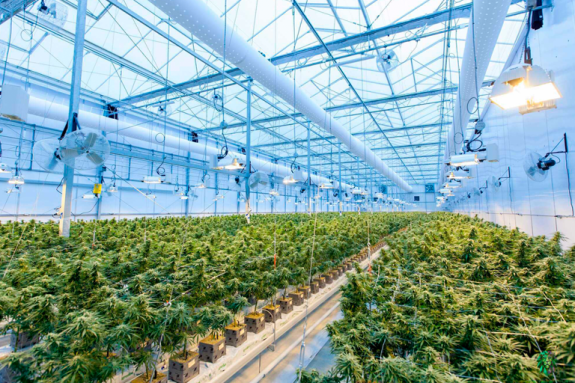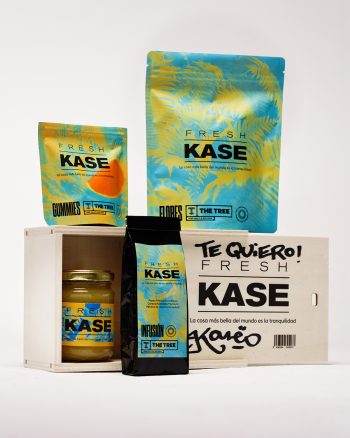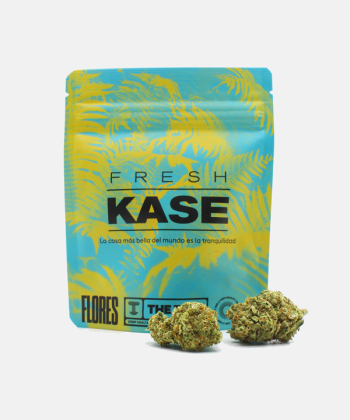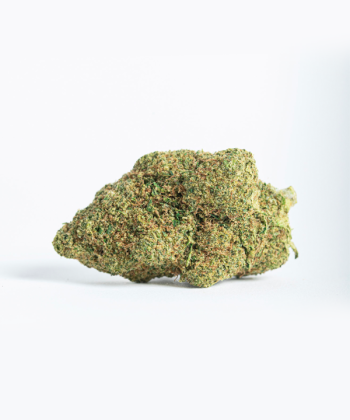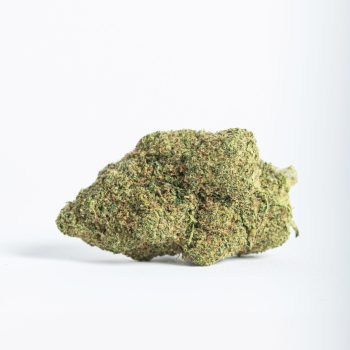The terpene profile of a cannabis strain refers to the unique combination of terpenes present in that specific plant. Cannabis is a complex plant containing a wide variety of chemical compounds, each with its own properties and effects. Among these compounds, terpenes play a crucial role in the properties and effects of cannabis.
Terpenes are aromatic compounds found in plants, such as citrus, pine, and, of course, cannabis. These compounds not only contribute to the distinctive aroma and flavor of different cannabis strains but also have a significant impact on their effects by modulating the interaction of various cannabinoids with the body.
In this article, we will explore in-depth what cannabis terpene profiles are, how they interact with other components of the plant, and the potential benefits they may offer.
Understanding terpene profiles is essential for CBD product users, as they can influence the effectiveness and experience of the product. Join us on this journey to discover the fascinating world of cannabis terpenes and how they can enhance well-being.
Definition of Terpene Profile
Terpenes are natural aromatic compounds responsible for the different aromas and flavors that characterize each strain. However, beyond their aromatic contributions, they also play a crucial role in the effects of cannabis.
A terpene profile is essentially a kind of “fingerprint” of the terpenes present in a cannabis plant. Each strain can contain a variety of terpenes in different concentrations, resulting in unique organoleptic properties. Some of the most common terpenes found in cannabis include:
- Myrcene: With an earthy and musky aroma, it is known for its relaxing effects¹.
- Linalool: With a floral scent, it is associated with calming effects¹.
- Beta-Caryophyllene: Features a spicy, woody aroma with anti-inflammatory effects. Additionally, it is unique in its ability to directly interact with cannabinoid receptors in the body².
- Limonene: Has a citrus scent and is widely used in the cosmetics and food industry, as it is also present in fruits like lemons.
- Pinene: With a fresh pine aroma, it has antimicrobial and anti-inflammatory properties³.
What Is the Entourage Effect of CBD and How Does It Relate to Terpenes?
The term “entourage effect” refers to the synergy that occurs when the various compounds of cannabis work together to enhance certain properties, modulating their effect.
This concept suggests that cannabinoids, such as CBD (cannabidiol) and THC (tetrahydrocannabinol), do not act in isolation; rather, their effectiveness can be amplified when combined with other compounds present in the plant, such as terpenes.
Terpenes, which are responsible for the distinctive aromas and flavors of different cannabis strains, play a crucial role in the entourage effect. These aromatic compounds can influence how cannabinoids interact with the body and brain, modulating their effects and enhancing their efficacy.
The synergy of these aromatic molecules, in combination with CBD and other cannabinoids, was discovered by Raphael Mechoulam, considered by many as the father of cannabis research.
He and his team were studying the effects of the cannabinoid 2-AG when they found two fatty acids that enhanced its effect without binding to the receptors of the endocannabinoid system. In other words, they discovered that two compounds that were not cannabinoids could influence the effect of cannabis. This research was published in 1998 and is the first known mention of the entourage effect⁴.
A classic example of the entourage effect is the combination of CBD with the terpene myrcene. Myrcene is known for its sedative and relaxing properties, and when combined with CBD, it can enhance its ability to promote relaxation.
In summary, cannabis terpene profiles stand out for their importance and influence on the entourage effect, a fascinating phenomenon that makes the effects of cannabis variable depending on its biochemical components.
By working together with cannabinoids, terpene profiles can enhance and direct the effects of CBD, offering a more complete and personalized experience for the user. Understanding this relationship is essential to fully harness the properties of cannabis and its derivatives.
References
- Russo, E. B. (2011). Taming THC: potential cannabis synergy and phytocannabinoid‐terpenoid entourage effects. British journal of pharmacology, 163(7), 1344-1364.
- Francomano, F., Caruso, A., Barbarossa, A., Fazio, A., La Torre, C., Ceramella, J., … & Sinicropi, M. S. (2019). β-Caryophyllene: a sesquiterpene with countless biological properties. Applied sciences, 9(24), 5420.
- Salehi, B., Upadhyay, S., Erdogan Orhan, I., Kumar Jugran, A., LD Jayaweera, S., A. Dias, D., … & Sharifi-Rad, J. (2019). Therapeutic potential of α-and β-pinene: A miracle gift of nature. Biomolecules, 9(11), 738.
- Ben-Shabat, S., Fride, E., Sheskin, T., Tamiri, T., Rhee, M. H., Vogel, Z., … & Mechoulam, R. (1998). An entourage effect: inactive endogenous fatty acid glycerol esters enhance 2-arachidonoyl-glycerol cannabinoid activity. European journal of pharmacology, 353(1), 23-31.


